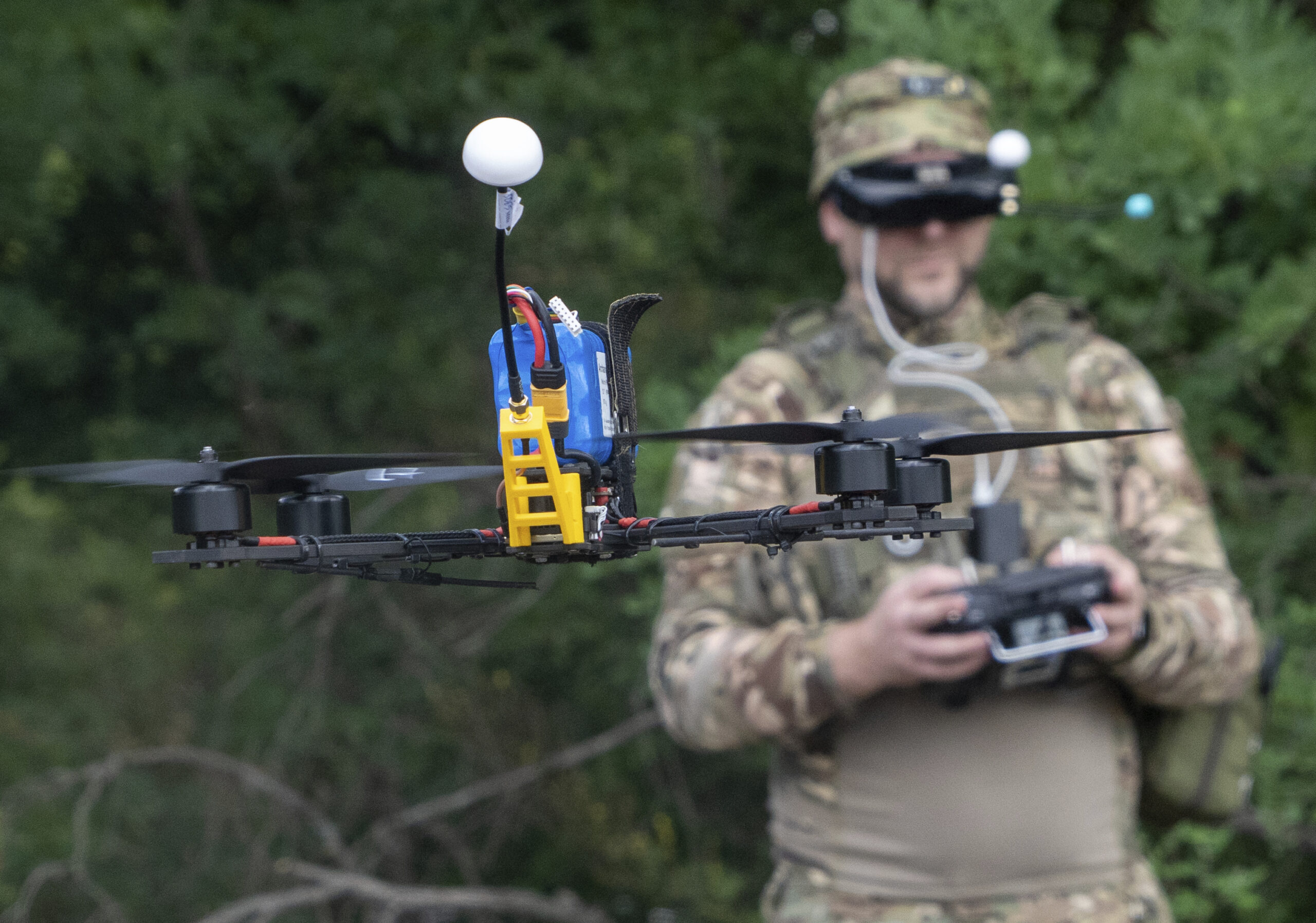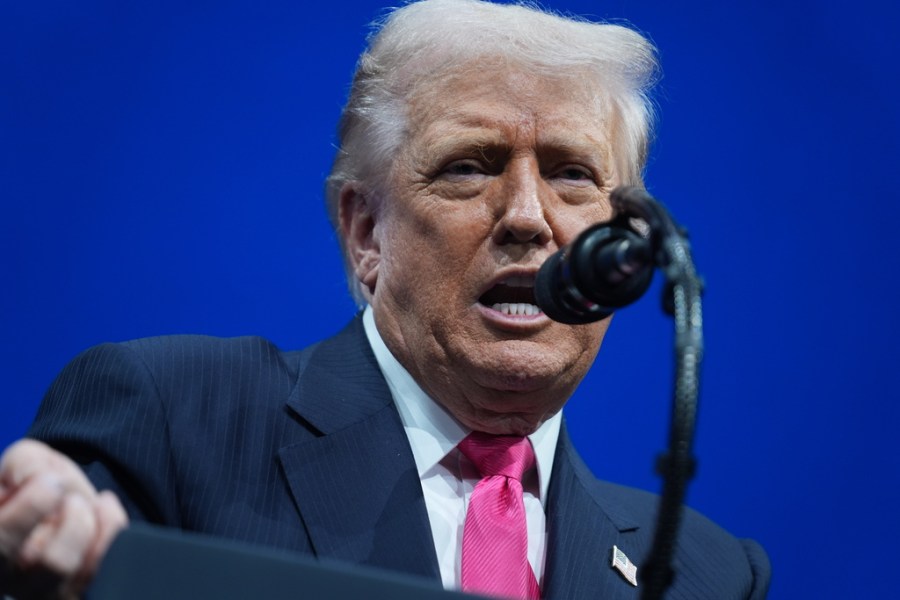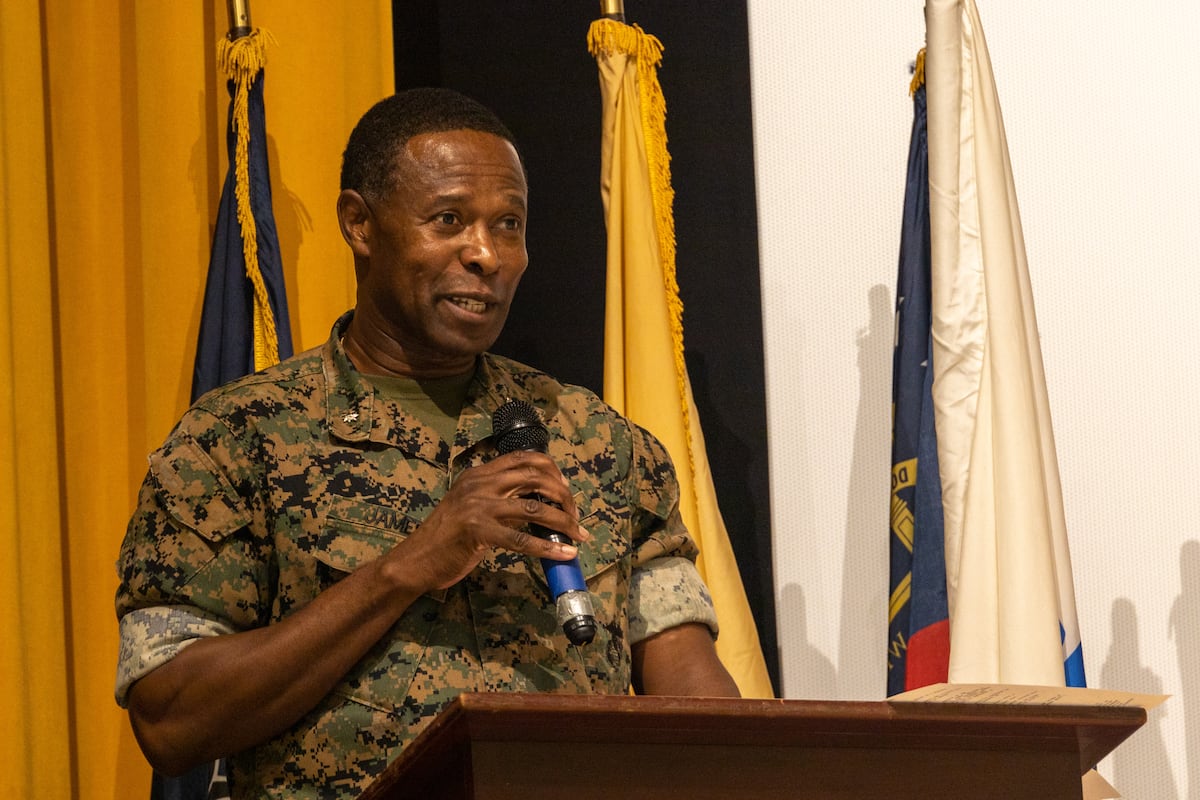Milan — The Ukrainian “Typhoon” unit, a specialized force within the National Guard, is intensifying its focus on unmanned systems amid challenges such as a shortage of trained operators and heightened electronic warfare. Established in 2024, this unit has evolved from its initial concentration on first-person-view (FPV) operations to encompass a broader spectrum of unmanned aerial systems. Its mission involves not only developing advanced drone capabilities but also delivering effective training for operators.
In a recent video interview with Defense News, a member of the Typhoon unit, who identifies as “Alex” for security reasons, shared insights into how the unit is addressing a critical shortage of pilots and adapting to complex battlefield conditions. The primary challenge lies not just in the quantity of pilots available, but in finding motivated individuals with the necessary technical backgrounds. Alex noted, “There is a shortage of pilots, but even more so, a shortage of motivated individuals.”
Training new pilots from scratch presents significant difficulties. It typically takes at least three months to bring a novice pilot to a beginner level. Moreover, proficiency in piloting FPV drones necessitates a basic understanding of engineering principles. Alex emphasized, “Piloting skills are important, but it’s equally important to have some engineering knowledge.”
To tackle these issues, the unit prioritizes quality over quantity. They emphasize providing operators with up-to-date knowledge of battlefield dynamics. This includes sharing information about Russian electronic jamming systems and their operational frequencies. “We communicate which radio and video frequencies can still be used effectively for successful missions,” Alex explained. This information-sharing approach aims to improve both pilot skills and the drones’ operational effectiveness.
Adapting to Electronic Warfare Challenges
One of the most pressing challenges faced by the Typhoon unit involves electronic warfare. Alex outlined the difficulties in gathering real-time battlefield intelligence while also attempting to predict future developments. “Many Russian systems can now cover almost all the frequency spectrum, so we always have to be attentive to their functioning,” he stated. He explained that the effectiveness of a strike often hinges on the ability to act before the opposing side can activate its jamming systems.
Innovative tactics are being employed to counteract these jamming efforts. Some FPV drones now utilize multiple receivers with antennas in different polarizations to maintain control even in heavily jammed environments. This redundancy is critical; if one receiver is compromised, the drone can rely on others to continue its mission. Alex noted that using multiple receivers across separate frequencies significantly enhances mission success rates.
Another challenge pertains to the quality and availability of spare parts for unmanned technologies. Many operators rely on common components, particularly from Chinese manufacturers, which complicates the customization needed for specific battlefield conditions. Alex stressed, “Quality is more important than quantity,” highlighting the necessity of having diverse spare parts available for rapid replacements.
Evaluating Western Technology and Battlefield Performance
The effectiveness of Western-supplied unmanned technologies has been a focal point for the Typhoon unit. Alex praised certain fixed-wing reconnaissance drones, such as the German-made Vector and the Polish-made FlyEye, for their operational success. These systems benefit from direct feedback from ground operators, allowing for rapid modifications based on frontline experiences.
Conversely, he noted that some Western systems, particularly smaller recon drones and FPVs, have struggled to adapt to the current battlefield environment. A significant concern is the lack of information sharing between manufacturers and frontline operators. For instance, Alex recounted a meeting with a European drone manufacturer, during which it became clear that the company had not tested its systems under conditions similar to those faced on the battlefield.
Testing protocols for unmanned ground vehicles (UGVs) have also revealed significant gaps. In a recent series of trials, UGVs faced challenges replicating battlefield scenarios without direct operator control. The stringent testing conditions highlighted the importance of real-time decision-making under operational constraints. “Many systems perform well in controlled environments but struggle when operators must rely solely on remote sensing,” Alex remarked.
As the conflict continues, the Typhoon unit remains focused on improving its capabilities while adapting to evolving threats. The integration of engineering expertise and ongoing communication about battlefield conditions is essential for enhancing the effectiveness of Ukraine’s unmanned systems. In this rapidly changing landscape, the ability to innovate and adapt will play a crucial role in maintaining operational superiority against adversaries.







